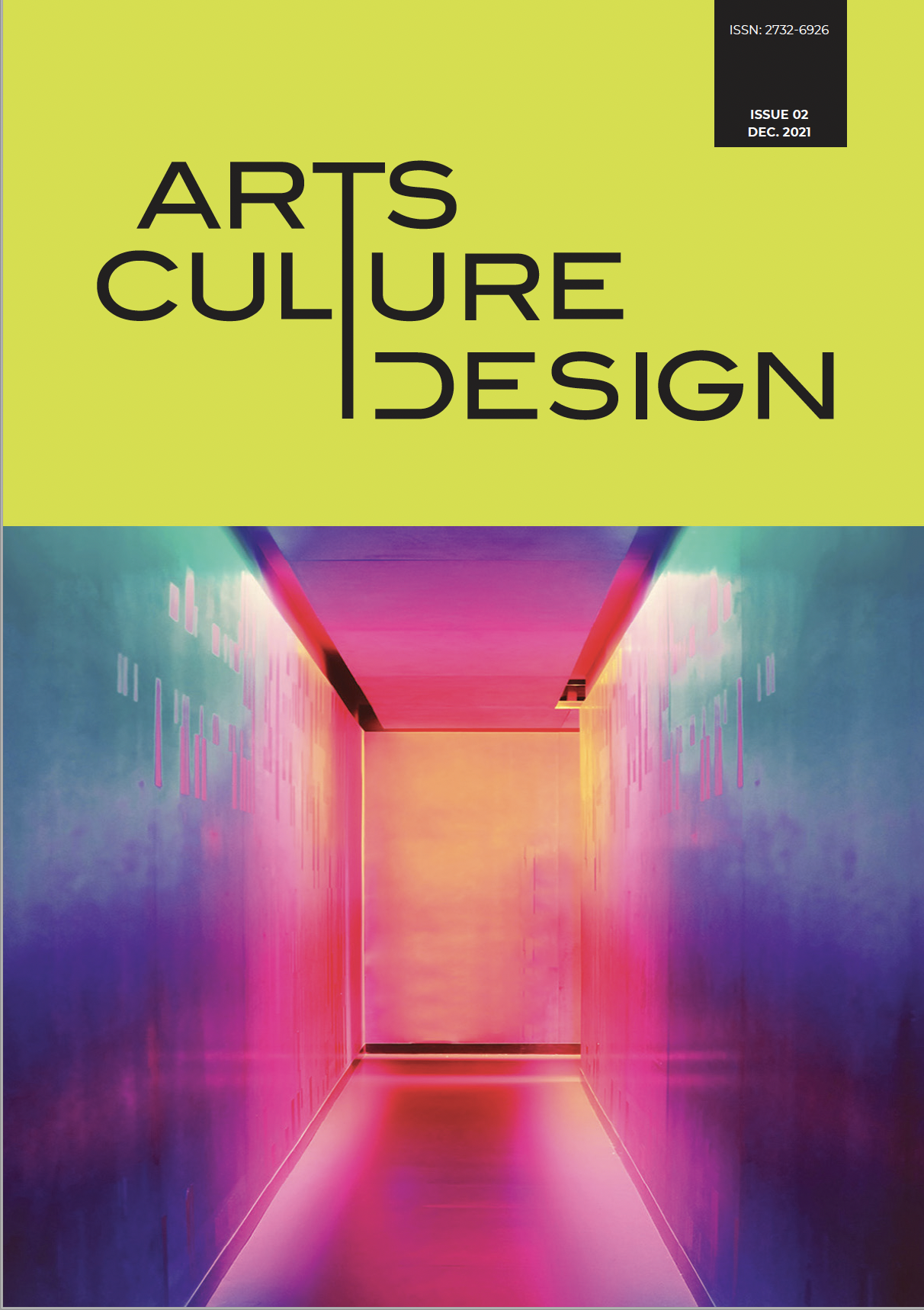Towards a Discussion of the Generative Condition of the Architectural Model

Abstract
This paper proposes reflection on the model’s place in the definition of the architect’s thought. The representation – and, accordingly, the model, too – is assumed as an instance where the design thought becomes comprehensible, and not just something else that can be communicated. The generative condition of the model is assumed, and decisive for this is the recognition of the radical distinction that will always exist between the model and its object. Both the apparent natural proximity between the model and the architectural objects, whereby said proximity is the result of the three-dimensionality and the building dimension that both share, and the apparent natural concordance between the model and the architect's thought are called into question. Because the aim is to understand ‘how’ an architect thinks, and not 'what' they think when they use a model, the reflection is executed from a perspective of a horizon of ‘anteriority’, an ‘anteriority’ that is ontological and not merely chronological. The model will be examined as a means of ordering the design thought, that is, as a way of giving it existence. This reflection results from the crossing of previous research on the model and on drawing (Anonymous, 2016; Anonymous, 2017). The paper proposes a confrontation of the ‘generative power’ of the drawing, identified by Robin Evans (1997b), with the ‘generative effect’' of the model explored by Peter Eisenman (1981a; 1981b). The principle of ‘logical Argumentation’, as defined by Groat and Wang (2002), is assumed as the method of inquiry.
Article Details
- How to Cite
-
Couto Duarte, J., & Belo Rodeia, T. (2022). Towards a Discussion of the Generative Condition of the Architectural Model. Design/Arts/Culture, 2, 10–21. https://doi.org/10.12681/dac.27523
- Issue
- Vol. 2 (2021)
- Section
- Articles
The copyright for articles in this journal is retained by the author(s), with first publication rights granted to the journal. By virtue of their appearance in this open access journal, articles are free to use (with the exception of the non-granted right to make derivative works) with proper attribution for non-commercial uses (licence Creative Commons 4.0). EKT/NHRF retains the worldwide right to reproduce, display, distribute, and use articles published in DAC in all formats and media, either separately or as part of collective works for the full term of copyright. This includes but is not limited to the right to publish articles in an issue of the Journal, copy and distribute individual reprints of the articles, authorize reproduction of articles in their entirety in another EKT/NHRF publication, and authorize reproduction and distribution of articles or abstracts thereof by means of computerized retrieval systems.
DAC journal considers all submitted artwork on the condition author(s) confirm that third-party intellectual property rights are not violated in any way.
Author(s) are responsible for securing permissions to publish copyrighted material, such as photographs and other artwork and for paying any fees involved. Production of an article will not begin until the editor has received all relevant permissions.
The copyright for published articles in Design | Arts | Culture is retained by the author(s). By virtue of their appearance in this open access journal, articles can be used freely, with proper attribution, for educational and other non-commercial purposes.


